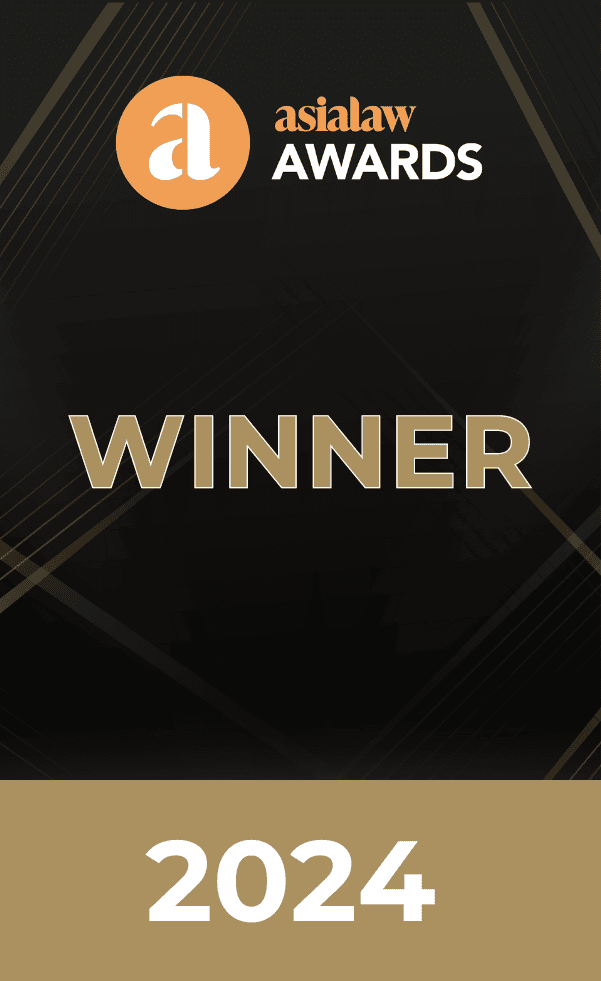Dealing with Vexatious Litigants in Civil and Administrative Proceedings
23 Jul 2020
A ‘vexatious litigant’ is someone who persistently pursues legal actions but does not have sufficient grounds for doing so, and usually exhibit the following hallmarks:
- Subjecting the defendant to inconvenience, harassment, expense out of all proportion to any likely gain (Attorney General v Barker [2001] WL 191122 (English Queen’s Bench)).
- Repeating the same cause of action against the same party perhaps with minor variations (Barker, supra).
- Automatically appeals or challenges every decision (Barker, supra).
- Fails to take notice of or give effect to court orders (Barker, supra).
- Non-compliance with procedure, e.g. last minute presentation of evidence, delay/non-compliance with deadlines, not following court orders, defective service or complete failure to serve, complaining that the other litigants should not be served or had not been served.
- When present at a hearing, some vexatious litigants are unable to conduct themselves with decorum and may hurl abuse at the opposite parties and/or the judge (Ng Yat Chi v Max Share Ltd and Another [2005] 1 HKLRD 473 (CFA)).
- Will almost invariably be unrepresented or refused legal aid based on the merits tests (Ng Yat Chi, supra)
- Deceitful conduct (Yuen Oi Yee Lisa v Charoen Sirivadhanabhakdi & Ors [2015] HKDC 1336)
- Appeals, using parallel appeal routes, and multiple proceedings, including to complain to administrative bodies, commencing new action for damages in District Court or High Court and seeking appeals to the Court of Appeal and Court of Final Appeal. (X v MM and Anor [2018] HKDC 215).
The vexatious litigant will try to apply for legal aid, but even if the vexatious litigant satisfies the means test, he/she may have trouble passing the merits test.
Below are a few tools available to victims of vexatious litigation
1. Injunctions
An injunction is an order of Court that requires a party to refrain from doing a specified act (prohibitory injunction) or to do a specific act within a specified period (mandatory injunction).
Examples of prohibitive conduct in the context of vexatious litigation:
- Disclosing confidential/personal information to unrelated third parties (except for obtaining legal advice).
- Harassing the innocent party (e.g. by sending letters/emails/telephone calls).
- Making/publishing defamatory statements against the innocent party.
Examples of mandated conduct in the context of vexatious litigation:
- Disclosing the list of parties to whom information now protected by an injunction has been disclosed.
2. Strike out/strike out based on res judicata
The Court may on its own motion or on application, and at any stage of the proceedings, order a pleading to be struck out or amended on the basis that it:
(a) Discloses no reasonable cause of action or defence, as the case may be; or
(b) Is scandalous, frivolous or vexatious; or
(c) It may prejudice, embarrass or delay the fair trial of the action; or
(d) It is otherwise an abuse of the process of the court.
Strike out based on res judicata is often used to bring the vexatious claim to an end on the basis that after a matter has become the subject of adjudication, the Court will not (except under special circumstances) permit the parties to later reopen the same matter.
3. Restricted Application Orders/Restricted Proceedings Orders/s. 27 High Court Ordinance (Cap. 4) orders
Practice Direction 11.3 establishes two orders that the Court can make to stop vexatious litigants with respect to their future conduct: Restricted Application Orders (“RAO”) which restrict vexatious litigants from pursuing current proceedings and Restricted Proceedings Orders (“RPO”) which restrict vexatious litigants from pursuing defined multiple proceedings that have already been commenced.
A s. 27 High Court Ordinance (Cap. 4) order is the most draconian and restricts the vexatious litigant from pursing any future proceedings unless the Court’s leave has been obtained.
4. Default judgment
As vexatious litigants are often non-compliant with procedure, including with deadlines, obtaining default judgment under Order 13 Rules of High Court (Cap. 4A) (“RHC”) can be a quick way to dispose of the proceedings or to obtain the desired relief.
5. Unless orders
If directly applying for striking out/summary judgment is not desirable, the innocent party may choose to rely on obtaining unless orders, and by utilising the vexatious litigant’s failure to comply with Court directions, proceed to strike out the action or obtain final judgement.
6. Summary judgment
In the context of vexatious litigants, summary judgment under Order 14 RHC provides the quickest way to obtain certain orders such as a permanent injunction, assuming that neither striking out nor default judgment applied/was successful.
7. Committal Orders
Under Order 52 RHC, the Courts have a general power to make an order for committal based on contempt of court (e.g. on breach of injunction or breach of an order of court). This is especially useful if the vexatious litigant consistently fails to comply with Court orders and there is no other way to stop the vexatious litigant.
8. Order to prohibit publication and Anonymity Order
The use of anonymity orders and publication bans protect the identity of the innocent party and minimizes the embarrassment/damage to the reputation of the innocent party.
If you wish to learn more about how to deal with vexatious litigants, please feel free to speak to our litigation partner, Eunice Chiu.
Eunice Chiu
+852 2186 1885
Partner, Dispute Resolution
Oldham, Li & Nie
 Suite 503, 5/F, St. George's Building, 2 Ice House Street, Central, Hong Kong
Suite 503, 5/F, St. George's Building, 2 Ice House Street, Central, Hong Kong +852 2868 0696
+852 2868 0696















